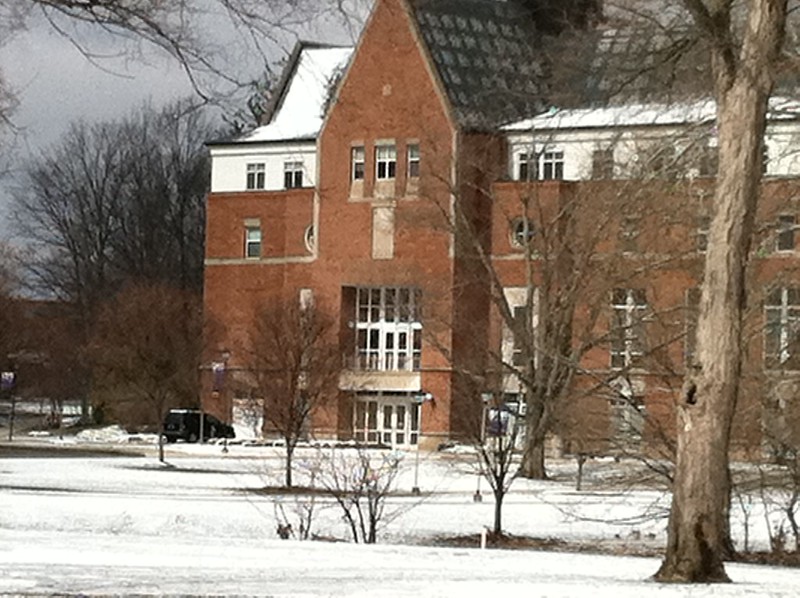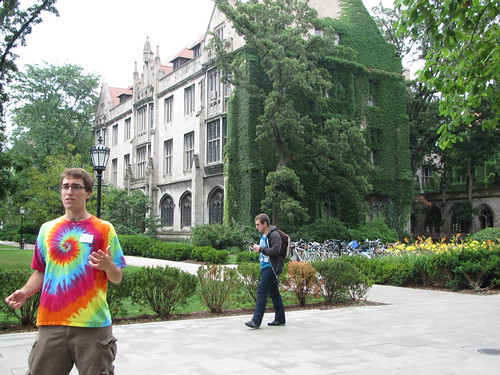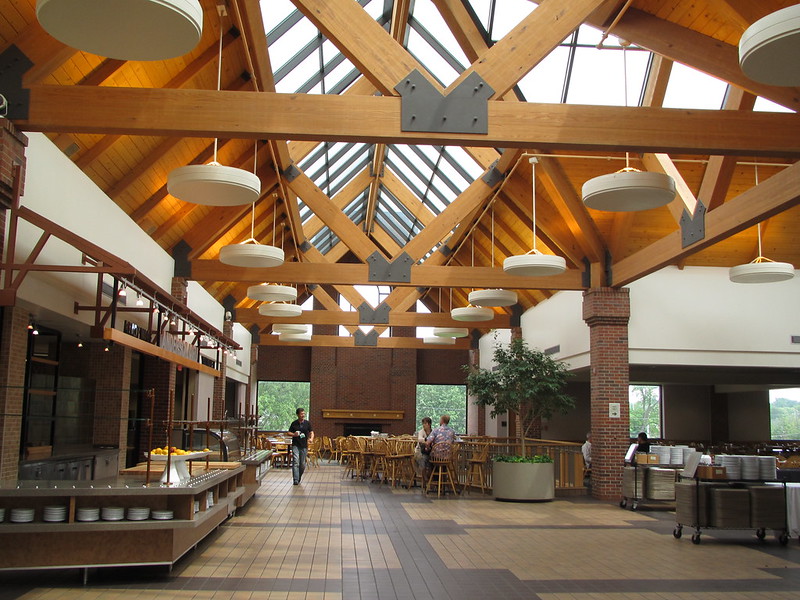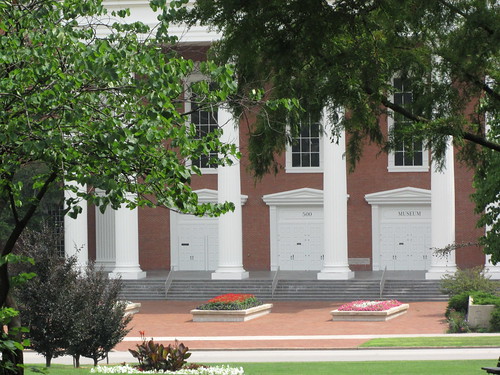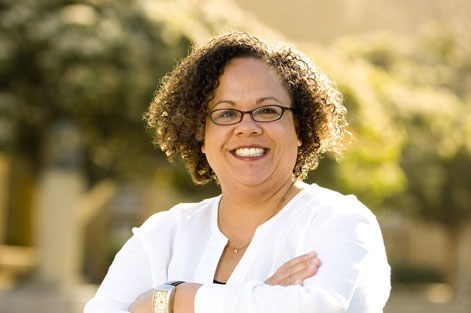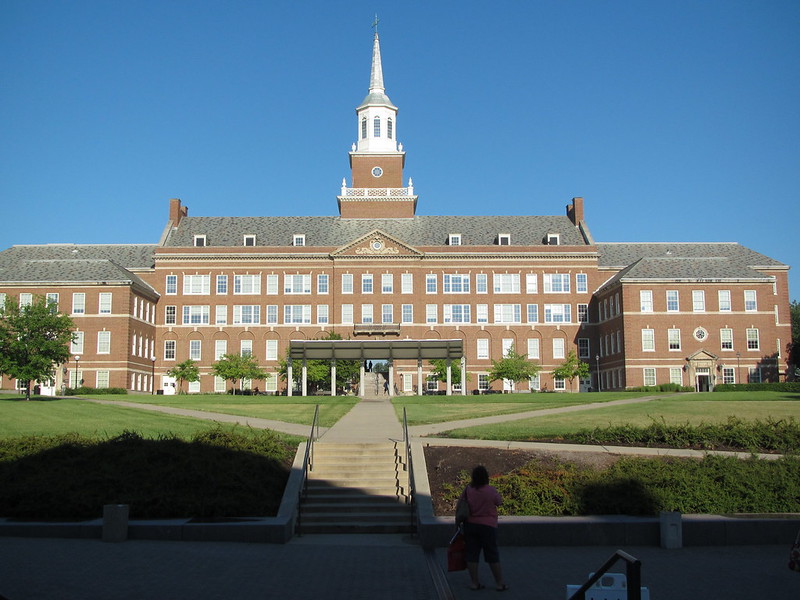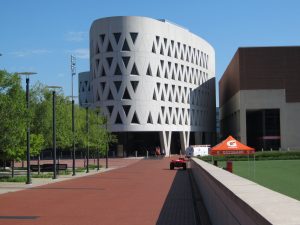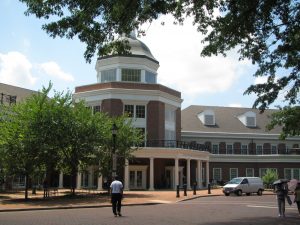Our show today was an extension of our conversation from last week with Dr. Denise Pope. Dr. Pope leads the Challenge Success project at Stanford University and she shared tips for our listeners about managing and recognizing stress. The top stressors for students . . . and keep in mind that stress starts as early as 3rd grade then continues into college . . . are
- Academics
- Grades
- Testing (ACT, SAT, AP)
- College admissions
Because my firm does work with students who are applying to college, you know I’m seeing some elevated stress levels right about now. The Common Application was released on August 1, the first ACT is offered this Saturday on September 10, many seniors are returning to school with 2 or more AP courses, the SAT is offered on October 1 which many students are studying for, especially if they’ve decided to retake the exam for a better score. So all the high stressors, academics, grades, testing, and college admissions are like a perfect storm for high school seniors. Stress has so many other ill effects that students and parents do not need right now. The aim of all our shows is to bring families strategic and practical information that supports their educational success and this episode met that goal.
Our guest today is a seasoned admissions professional with 10 years at the University of Chicago, Colin Johnson. (Aside: It’s a small world because she and I lived on the University of Chicago campus at the same time. She was a graduate student when my husband was a graduate student there. With all the people on the Hyde Park campus, we didn’t meet then. I actually met her during my tour of the campus this summer. Although I know the campus fairly well from having lived there, I still wanted to go through a full tour and presentation from the vantage point of current families who are considering the university. It was quite an informative tour and session because there have been a number of changes at the University of Chicago. And quite frankly, I knew the graduate community when I lived which seems to be quite different from the undergraduate community.) My guest, Colin Johnson is the Senior Assistant Director of Admissions at the University of Chicago. She talked with us about admissions at a selective institution such as hers as well as provided some actionable tips for students and their parents on calming the stress of admissions frenzy!
Click here to listen to an interview with University of Chicago admissions
You can also hear more from Colin Johnson next week as she meets with students during the Diversity Day at College Week Live event on Wednesday, September 14 from 6 to 7 pm.



